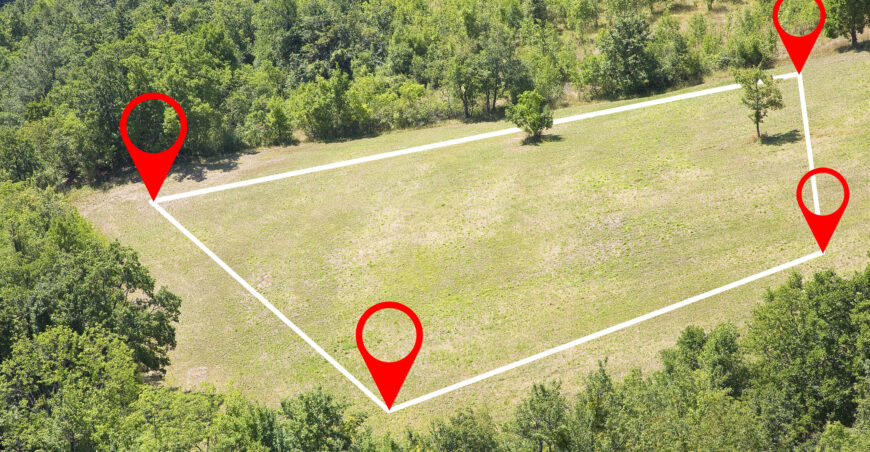In the realm of real estate, the concept of location holds paramount importance, but what if we told you that the value and potential of a property are often intricately tied to the web of zoning laws governing it? Welcome to the world of commercial real estate zoning, where the complex tapestry of regulations can significantly impact a property’s development and use. In this article, we’ll delve into the nuts and bolts of zoning laws, shedding light on how they work and demystifying the often-intricate process of rezoning a property.
Understanding Zoning Laws
Zoning laws are a set of regulations imposed by local governments to control how land is used and developed within a specific area. These laws aim to maintain a harmonious balance between various types of land uses, such as residential, commercial, industrial, and recreational. The primary goal of zoning is to ensure that properties within a community are compatible with one another and that the overall landscape remains functional and aesthetically pleasing.
Zoning regulations often come in the form of a zoning map, which divides the area into zones or districts. Each zone has designated permitted uses, such as single-family homes, retail spaces, office buildings, and more. Additionally, there are usually restrictions on building height, density, setbacks, and other aspects that influence how a property can be developed.
The Zoning Process
The zoning process involves several key steps, starting with the creation of zoning laws and extending to the application and approval of rezoning requests. Here’s a breakdown of the process:
Zoning Plan Development: Local governments, often through planning or zoning commissions, create comprehensive zoning plans that outline the desired land uses for different areas. These plans take into account factors like population density, infrastructure, environmental concerns, and economic goals.
Zoning Map Creation: Based on the zoning plan, the local government creates a zoning map that designates different zones within the jurisdiction. These zones are typically labeled with letters or names (e.g., Residential Zone R-1, Commercial Zone C-2).
Permitted Uses and Regulations: Each zone has a list of permitted and conditional uses, along with regulations governing aspects like building height, setbacks, parking requirements, and more. These regulations ensure a coherent development pattern within each zone.
Property Classification: Property owners can identify their property’s zoning classification by referring to the zoning map. This classification dictates what kind of activities or development can take place on the property.
Rezoning Requests: Sometimes, property owners may seek to change the zoning classification of their property to align with their development plans. This process is known as rezoning. Rezoning requests are typically reviewed by local zoning boards or commissions.
Rezoning Process: To initiate the rezoning process, the property owner submits an application to the relevant local authority, detailing their reasons for requesting a change in zoning. The application may involve public hearings and notifications to nearby property owners. The local authorities then evaluate the request based on factors like compatibility with the surrounding area, potential impact on traffic, environmental concerns, and more.
Approval or Denial: After reviewing all relevant factors, the local authorities will make a decision to approve or deny the rezoning request. If approved, the property’s zoning classification is changed, allowing the owner to pursue the intended development. If denied, the property owner may need to revise their plans or explore alternative options.
Challenges and Considerations in the Rezoning Process
Rezoning a property can be a complex and challenging endeavor. Property owners need to navigate through potential roadblocks, including community resistance, legal considerations, and adhering to the comprehensive plan. Community engagement is often a crucial aspect, as nearby residents and businesses may have concerns about the proposed changes’ impact on the area’s character and infrastructure.
Property owners should also be aware of the legal framework within which zoning decisions are made. Zoning decisions are subject to legal standards, including considerations of due process and equal protection. If a decision appears to be arbitrary or unfairly discriminatory, property owners may have legal grounds to challenge it.
To wrap things up commercial real estate zoning is a multifaceted aspect of property ownership that significantly influences a property’s development potential and value. Zoning laws, with their nuanced regulations and guidelines, play a pivotal role in shaping communities and their dynamics. The process of rezoning a property, while intricate, offers property owners the opportunity to align their real estate ventures with their vision, as long as they navigate the challenges and considerations diligently. Understanding the zoning landscape is a key asset for any property owner or developer aiming to thrive in the ever-evolving world of commercial real estate.
Location is tough to influence but not impossible. Rezoning your property is just one of many ways to promote a healthier, more commercial friendly environment and increase demand for your property. To learn more about how to increase the value of your property, download our free report Ways to Increase Demand For your Property or feel free to reach out to us directly with any questions to learn more.
















